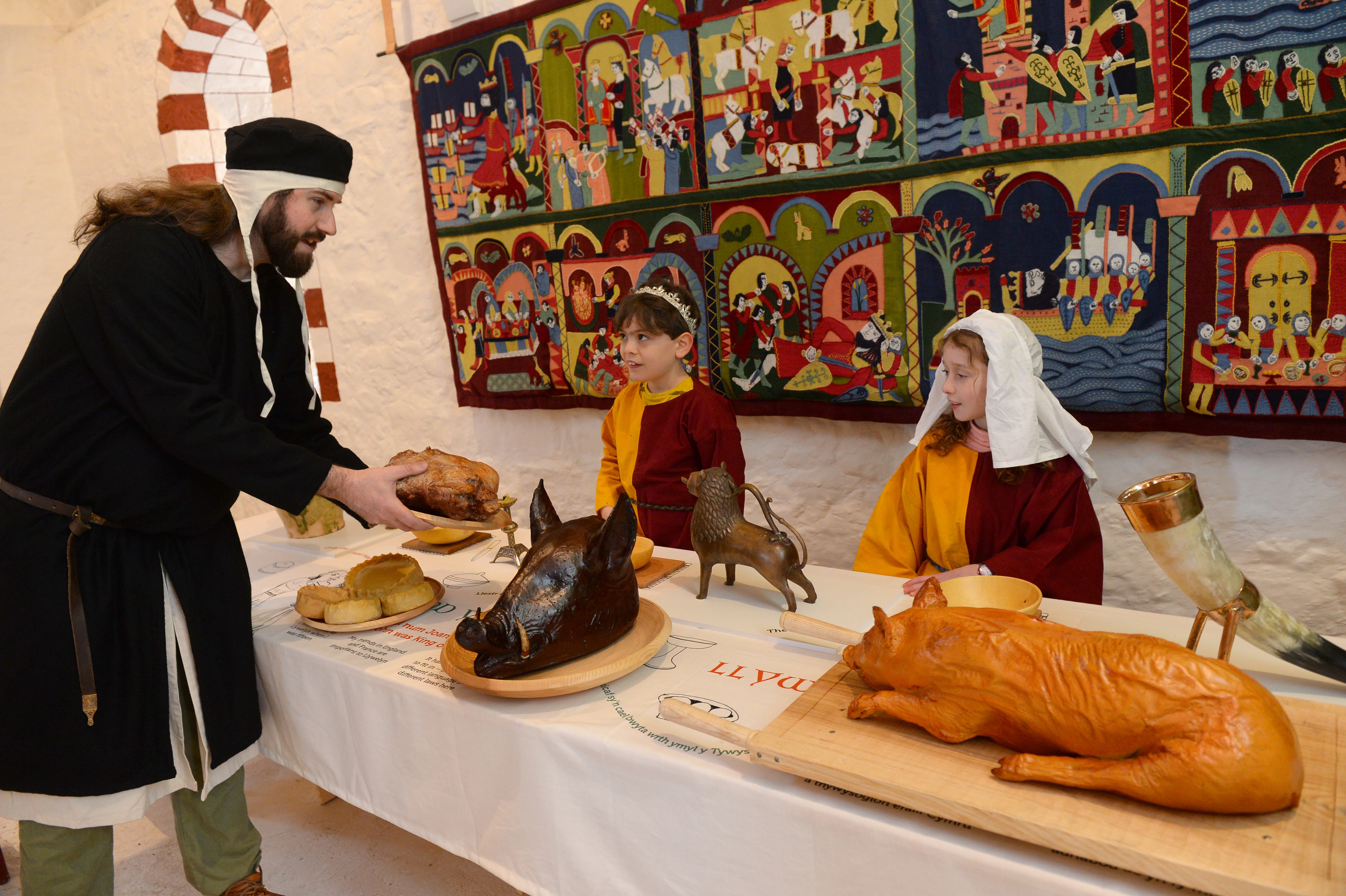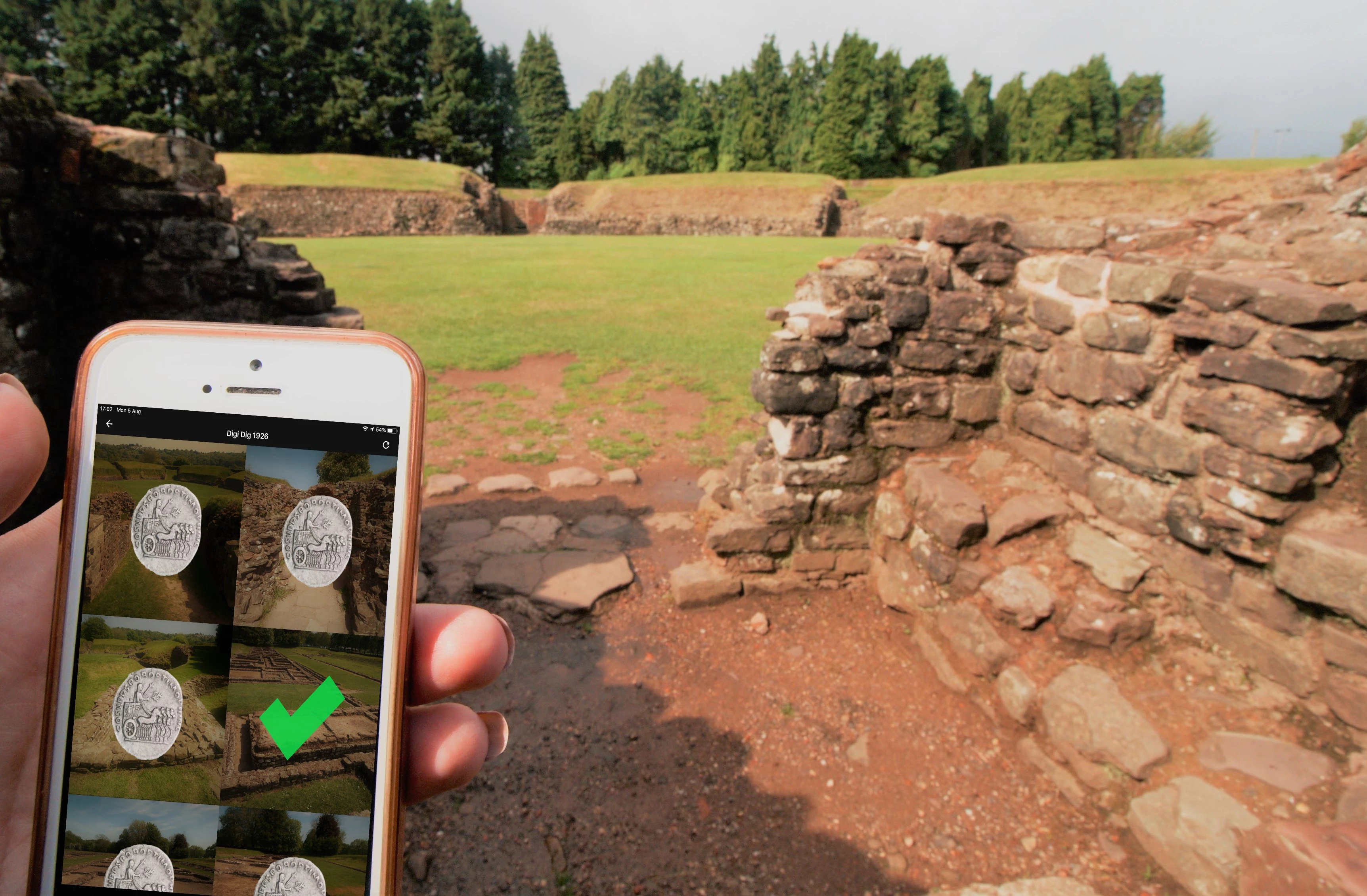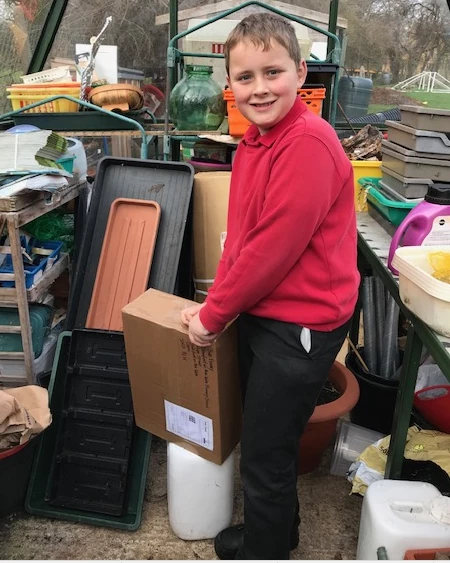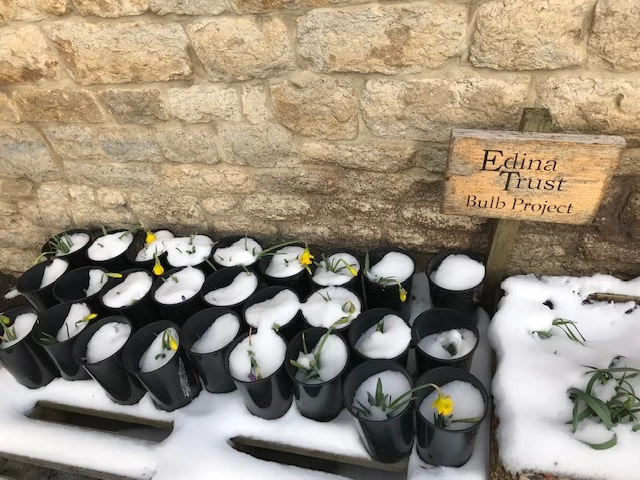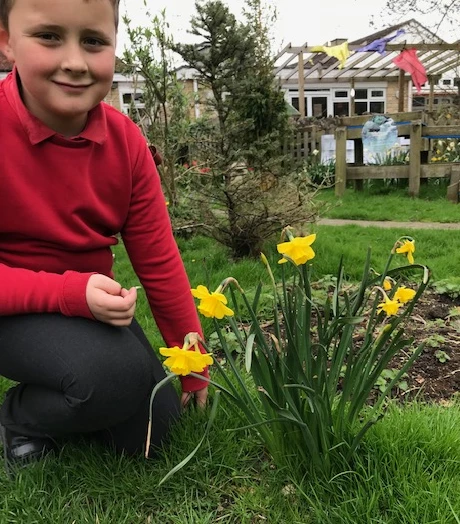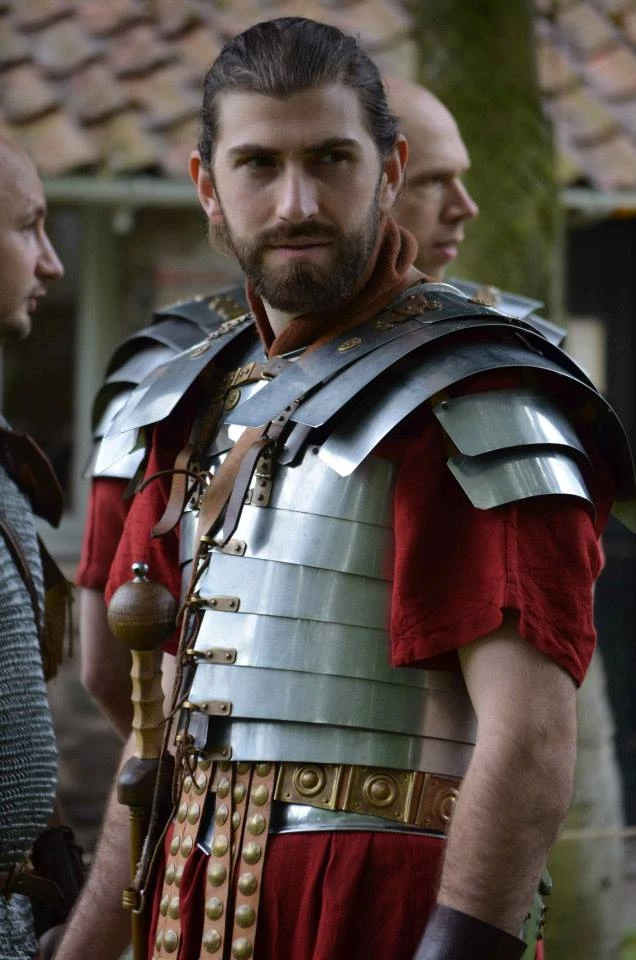Riley, a pupil at Stanford in the Vale Primary, has taken part in the Spring Bulbs for Schools Investigation for the past three years. He has shown exceptional commitment to the project, and has endeared himself to the project coordinators through his descriptive and friendly feedback. I have to say that I have enjoyed receiving regular weekly updates from Riley over the last three years.
Here are some of Riley’s best comments:
2017:
- The weather has turned really cold today. Been training people to do this experiment during the week. From Riley xxx
- Hello. This week it has not been icy and it has been nice all except today. Hope you have had a nice week. Bye Bye (Riley)
- Hello, this week it has been cold and hot and it has been a really good week because we have had a delivery of two new trolleys and we even invested in a wormery which is a big hit with our foundation friends. (Riley)
2018:
- Hi this is Stanford in the vale primary school, we done this amazing project last year .I am Riley one of the gardening club members. I was the one that recorded and submitted this data last year. I loved doing this project last year, I hope I will this year too. I will be also teaching some of my friends how to do this project this year too. Bye Bye Riley (Riley)
- Cannot believe this is the last weather reading for this year! We have observed some strange weather patterns this year! Snow - sunshine! (Riley)
2019:
- Happy to restart the project and I am teaching the younger children in the club how to record. Have a good weekend and we will be back next week. Regards Riley (Riley)
- HI THERE, this week it has been a mixed week and there has been a lot of rain this week and there has been a bit of sun. Today in class we were talking about global warming which is a serious issue which needs to be sorted out. Speak to you next week!
To celebrate Riley’s contribution to the investigation, we asked if he’d be happy to answer some questions and give us an insight into his experience of participating in the Spring Bulbs for Schools Investigation.
An interview with Riley:
Q. How long have you been involved with the Spring Bulbs for Schools Investigation?
A. I have been involved in this investigation for three years now.
Q. What have you enjoyed most about the project?
A. I’ve mostly enjoyed recording the weather and the rain. I like seeing the difference between the temperatures of different days.
Q. What do you feel you have gained from the project, have you developed new skills?
A. Yes, I do think I have gained on this project. I have developed how to record the rain using a gauge and it has helped me using a thermometer more accurately.
Q. What are your thoughts on Science and Maths?
A. I am quite interested in both of these subjects, so this has helped me produce a lot more in these subjects.
Q. What were you feelings towards these subjects before the project, have they changed?
A. I was feeling quite confident before I started and now I am feeling much more confident about it.
Q. Were you aware that you were doing math and numeracy during the project?
A. I was sort of aware that I was using maths and numeracy during the project. I was mostly aware as I was measuring in millimetres and degrees.
Q. Were you confident taking scientific measurements before the project?
A. I was a little confident but I wasn’t that sure on it but now I am really happy about it.
Q. Do you feel these skills have developed through your time on the project?
A. Yes definitely, before I wasn’t that sure mostly on how to measure the rain and this project has developed my skills on that and developed my skills also in science.
Q. What advice would you give us to improve or develop the project?
A. I think it would be good fun if you could give the children some more fun activities or competitions because at the moment you don’t have many.
Q. You took a leading role, teaching other pupils about the project. Can you tell us a little bit about that experience?
A. I think it is really fun / exciting teaching other children about this experiment because it makes me feel like it is helping other children develop their science / maths and it makes me think that they could take over the job and become future scientists!
We’ve taken Riley’s advice on board, and will be looking at new activities and competitions we can introduce over the coming years.
Riley is the first to be nominated as a Spring Bulb Champion. In future, we will invite teachers to nominate pupils who have shown outstanding commitment or who they feel have developed as a direct result of the project, to be recognised as Spring Bulb Champions.
Thank you Riley, and everyone who participated in this year’s project.
Professor Plant
